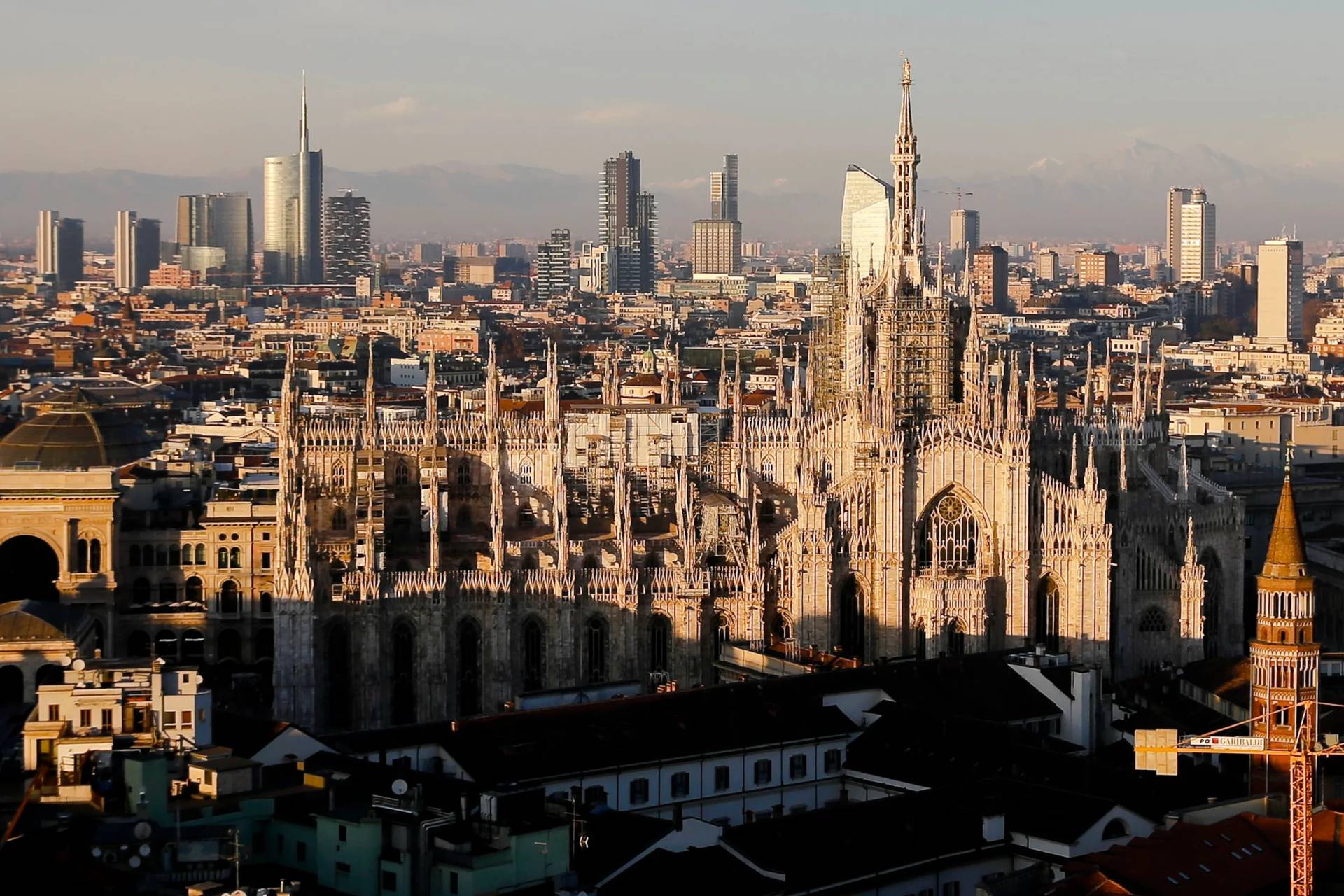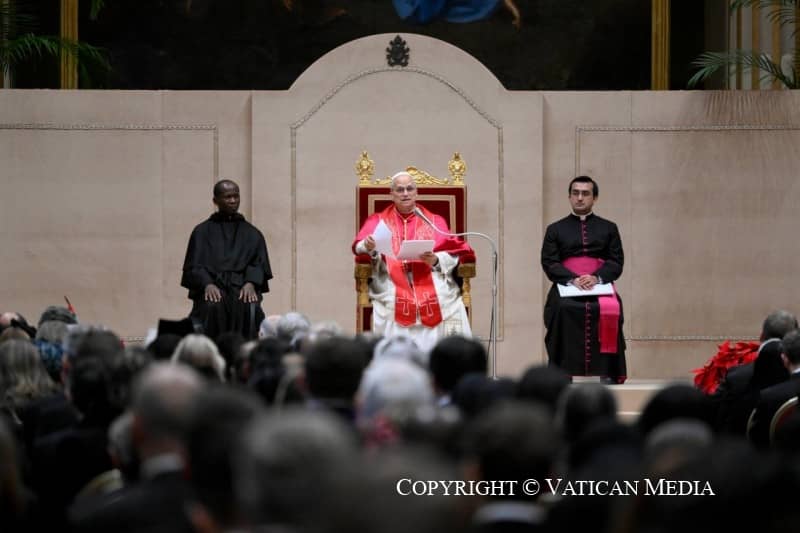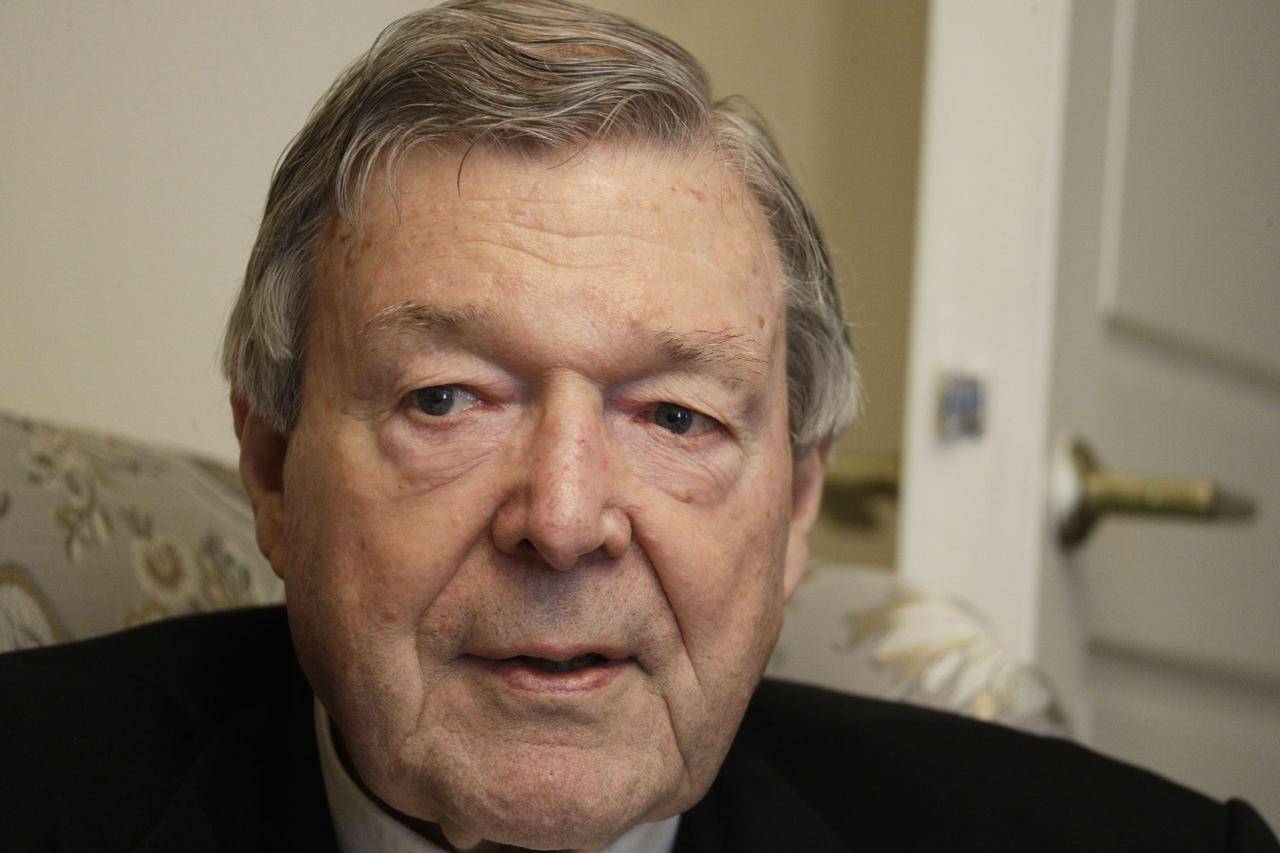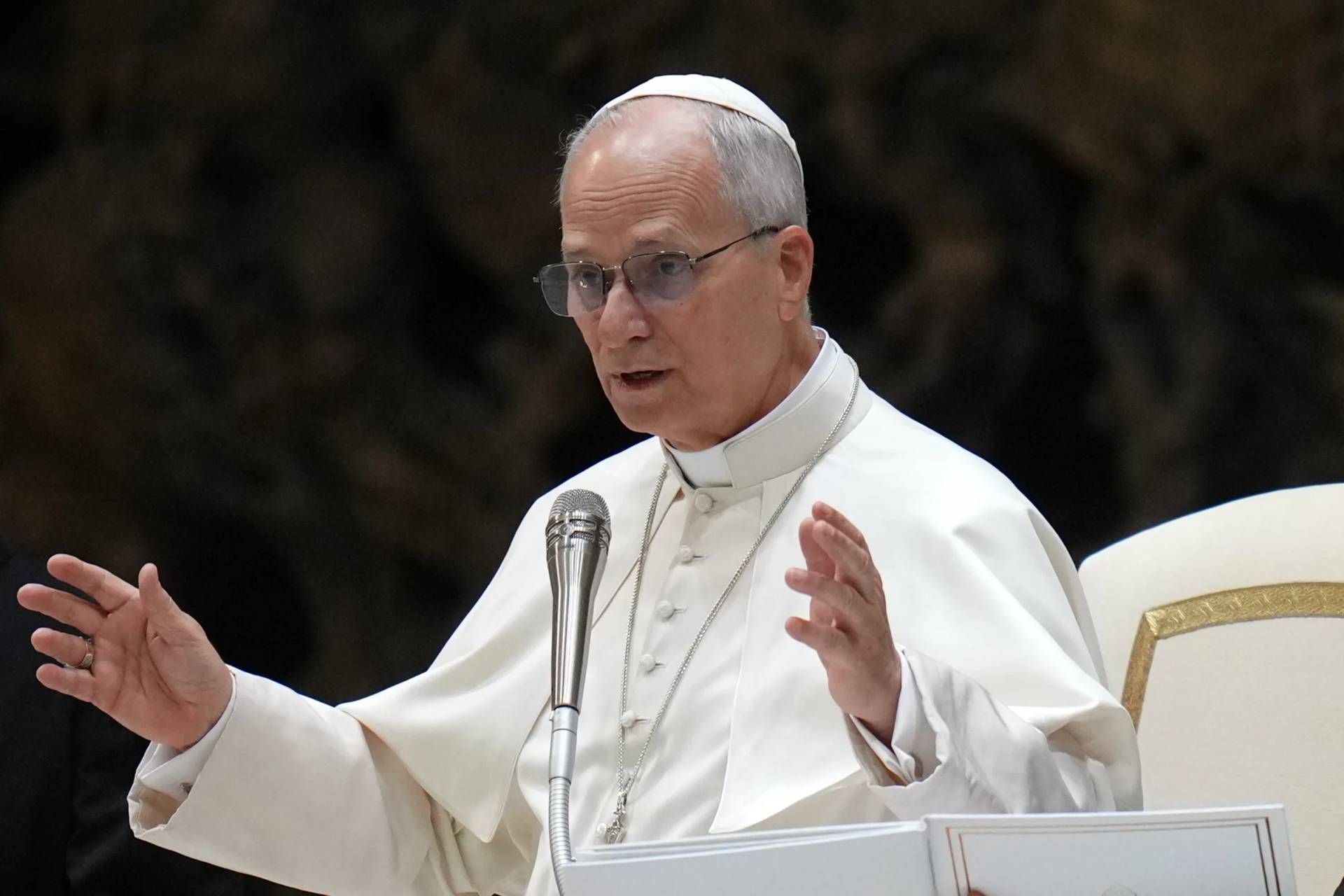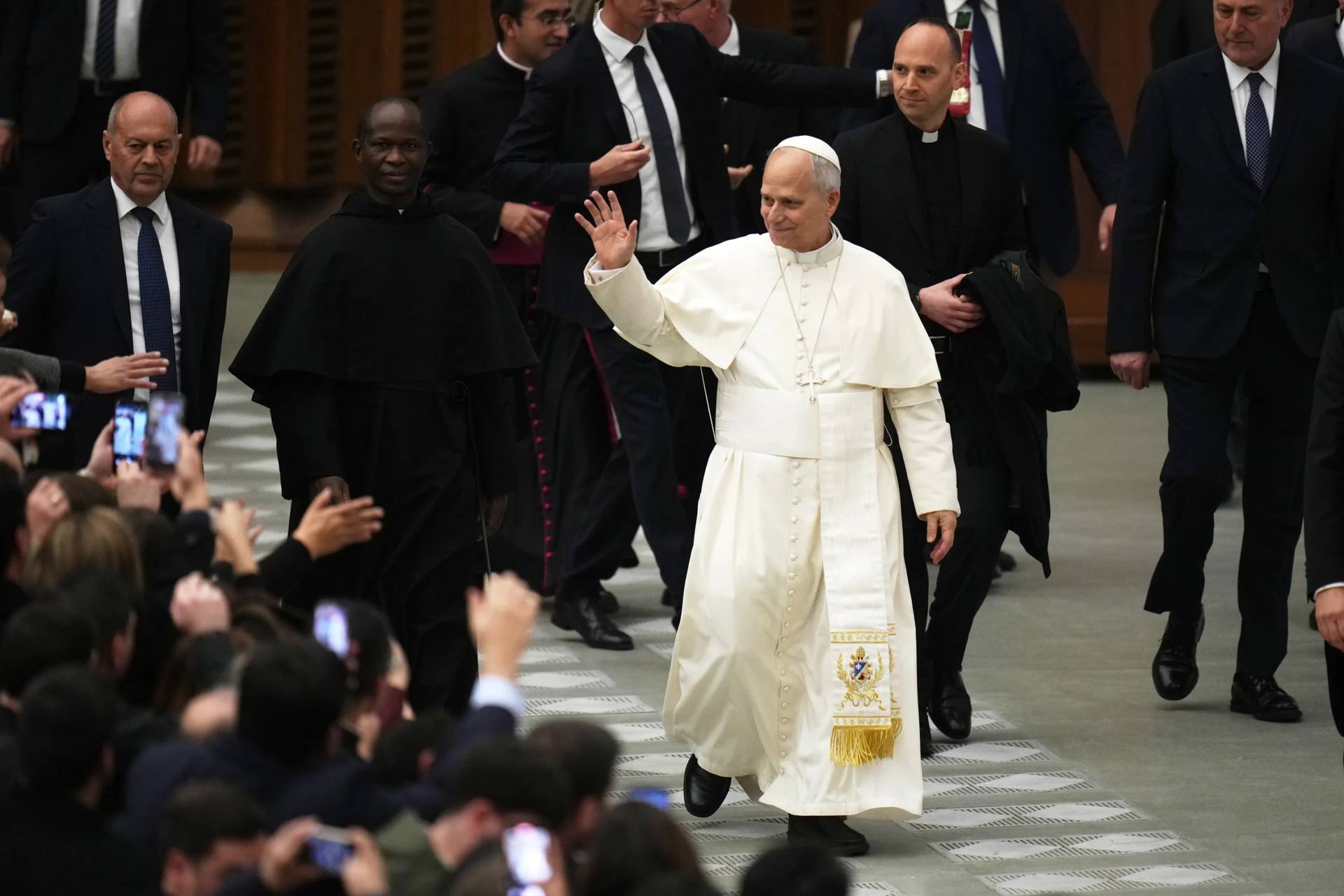DENVER, Colorado – Vocations represent what would seem to be a fleeting prize for dioceses and religious orders these days, particularly in the western world. It isn’t too often young men and women declare their future in the Church in such an intimate and wholly encompassing manner.
But “a nice crop” of vocations is something the Capuchin Franciscans are celebrating this July in the Province of St. Conrad, whose headquarters are in Denver, according to Capuchin Father Blaine Burkey – especially, he said, when one considers “there are provinces that don’t have any.”
Burkey said, “We’ve been working at it and praying for it.”
“It isn’t enough to be replacing the ones that are getting older, but it’s a good group of young guys,” he said.
A communique from the province said in mid-July, “Seven young men are entering new stages of formation, bringing the Province’s total number in Capuchin initial formation and priesthood formation to 17.”
Overall, Burkey said, the order is growing, particularly in the global south, especially India.
In terms of why that might be, a study done several years ago by Georgetown’s CARA group asking young men if they had considered the priesthood or religious life found that while many responded in the affirmative, they said they had decided against it ultimately due to the negative response of their parents and families.
In other parts of the world, presumably, families may be more supportive of a decision for religious life.
Although Burkey is a priest as well as a brother, he says unequivocally that “our first vocation to religious life is brotherhood.”
Some might ask why someone would choose to be a religious brother when as a man he has the option to be a priest. Burkey explains that there is a distinction between initial formation and formation for priesthood.
“After 3 or 4 years, after we’ve taken our first vows, we take permanent lifetime vows and at that point our initial formation is finished,” he said. “We work at formation all through our life, but we work on the first step first.”
Each case, Burkey said, is different.
He says that while “some have known from the beginning they want to be priests,” there are examples of men who decide to join the priesthood twenty years into their careers as friars. There are also examples of diocesan priests who have joined the order to become a brother.
Capuchin Brother Mark Schenk, who serves on the order’s Rome-based general council, uses the tongue-in-cheek “Just A Brother” title both for his Twitter handle and his blog. He says that when he entered the order, “the question of priesthood or brotherhood did not enter into the picture initially.” Later, even though he did all the preparations for the priesthood, he “never felt a strong call” to it but went through most of the process due to what he “thought were the expectations of others.”
He suspects that when the question of why stay a brother is asked, “there’s a second part to the question, namely, ‘instead of becoming a priest?’” In spite of others’ expectations, he stayed the course, because he “felt that it was not my calling, and I didn’t think the world needed a lukewarm priest.”
Burkey says the distinction between brothers and fathers is irrelevant in terms of the community dynamic, because their “gift to the world is brotherhood.”
He tells a story of when several of the brothers went to Papua New Guinea as missionaries, initially from Pennsylvania but eventually including other parts of the U.S., Europe, Australia, and Africa.
“We went there to a land where people practically in every valley were fighting with the people in the next valley. They were constantly up in arms against each other,” he said, adding that the Capuchin example helped.
“We were from different places, and we were living and working together as brothers. There aren’t quite so many there now, but there are a lot of people from there (Papua New Guinea) who have joined. They’re not from the same valley, and they once fought each other and are now living together,” he said.
The point, Burkey said, is community.
“We’re a family, not a biological family, but one from all over the world,” he said.
The most recent new Capuchins include Frank Kane from Foxfield, Colorado, and Aken Cabrera from San Antonio, Texas, who were received into a one-year postulancy program at Solanus Casey Friary in Colorado Springs on Wednesday, July 18.
Jessie Quintanilla from Sugar Land, Texas, who has just finished postulancy will be invested with the Capuchin habit at San Lorenzo Novitiate in Santa Ynez, California on Sunday, July 22. He will join 12 other novices from various other Capuchin provinces in the U.S, Canada, and Australia.
Two friars who have just finished year-long novitiates, one in Santa Inez and the other at Our Lady of Angels Friary in San Antonio, will make their first profession of temporary vows at Our Lady of Angels Church in San Antonio Aug. 11 at 11 a.m. Brothers Collin Brown from Sugar Land and Artemio Aguilar from Denver will then be stationed in Denver.
Two more friars will continue Capuchin formation at San Lorenzo Friary in San Antonio, while four other young men who have finished initial formation will continue studies for the priesthood at the Oblate School of Theology in San Antonio. As part of their seminary program, Brother Brandon Berg from Atchison, Kansas will do a pastoral year at Holy Family Church in Denver, while Brother Donald Rank, from Monument, Colorado will do one at Our Lady of Angels Church in San Antonio.






